Craft breweries are becoming increasingly willing to package their wares in aluminum cans rather than glass bottles, which is good news for the environment and the consumer. Cans are lighter than bottles and therefore require less fuel to ship, and they’re more easily recyclable. They’re also better at keeping light and oxygen away from our precious beer. Yay, cans.
Aluminum also eases the bubble wrap burden for the trophy-hunting beer traders who drive so much discussion on beer message boards and rating sites. I’m not quite sure how to feel about this. Something about these clandestine beer swaps strikes me as creepy, or at least weird, but I really can’t say what, so I have to accept that it’s probably just a baseless personal bias against a harmless hobby. Trade away, fellows! And while you’re adding an extra layer of shipping and handling costs for the sake of turning your town’s hottest IPA into someone else’s version of the same thing, the errand-averse among us can just drink whatever’s lying around.
Well, no. Not just whatever’s lying around. That was our national beer strategy for several brutal decades, and there’s no reason to go back to those dark days. There’s a wide and delicious middle path between obsessively chasing down the newest, freshest “whale” and settling for 30 cans of whatever’s closest to the beef jerky display.
Whenever you feel like you’ve been spending too much time collecting new opinions, consider revisiting some great beers that we’ve all known, loved, and forgotten about at one point or another. It helps to recalibrate the brain and the palate, and it’s important to pay homage (and dollars) to the beers that helped pave the way for our current embarrassment of riches. Here are 10 great beers that we should never take for granted.
Sierra Nevada Pale Ale
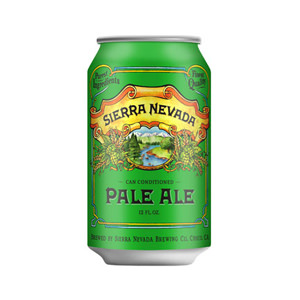
It’s not entirely bonkers to claim that Sierra Nevada Pale Ale is the most important beer in American history, as it played a central role in kicking off the hoppy pale ale craze that shows no signs of abating. SNPA is the second-best-selling craft beer in America, behind Samuel Adams Boston Lager, so the marketplace still knows what’s up 35 years after the first bottling, even if hardcore beer geeks tend to be forgetful.
Brooklyn Lager
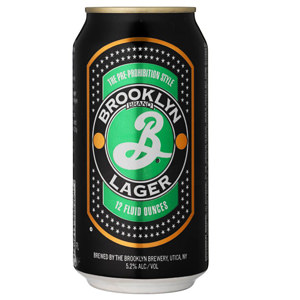
New York City was one of America’s leading founts of beer in the 19th and early 20th centuries, with 70 breweries operating in the years right before Prohibition, but everything fell to hell when post-war beer industry consolidation claimed so many smaller, regional operations. Brooklyn Brewery led the slow and steady modern revival when it opened in 1988, and their still-stellar Vienna-style lager is what kept the lights on in the early days, before the drinking public was fully converted to the church of bitterness.
Bell’s Two Hearted Ale
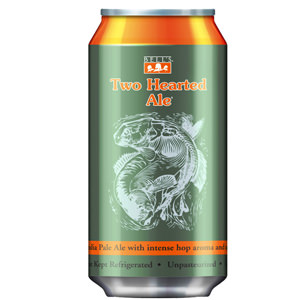
The Midwest isn’t known for its IPAs, and that’s at least partly due to Bell’s not having hung the label on the hoppy 7-percent ABV superstar they started brewing in 2000. Kalamazoo’s fantastic IPA-by-another-name uses only Centennial hops to produce perfectly balanced floral, citrus, and pine notes. These days you hear more of fuss made about newer, juicier, boozier IPAs, including Bell’s own Hopslam, but Two Hearted is still a nearly flawless demonstration of the style.
Schell’s Pils
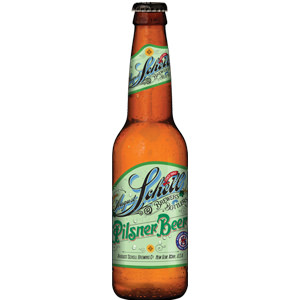
Craft pilsners have been gaining popularity in the past couple of years as sophisticated drinkers have started to realize that not every beer has to be extravagantly hopped, soured, oaked, or roasted to be great. Schell’s Brewery, of New Ulm, Minnesota, has been producing a crisp and refreshing German-inspired rendition for several decades, and anyone interested in the style’s reemergence would do well to start her research with this 1988 Great American Beer Festival gold medal winner.
Tröegs Nugget Nectar
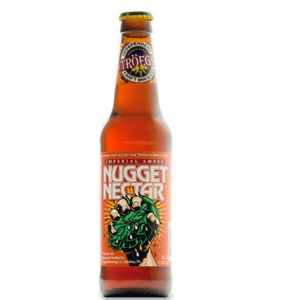
This imperial amber ale was revolutionary when it debuted in 2004, and the 7.5-percent ABV, 93 IBU hop monster is still the head of the class that it essentially invented. The late-winter seasonal employs five hop varieties—Nugget, Cascade, Simcoe, Tomahawk, and Warrior—to produce an intense tropical fruit and pine resin flavor that perfectly complements the Vienna, Munich, and Pilsner malt blend.
Firestone Walker DBA
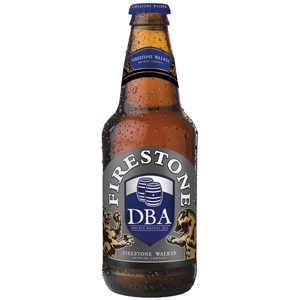
Firestone Walker brews exceptional beers across a broad range, from Parabola, a 14% ABV Russian imperial stout with perfect scores from both major ratings sites, to Pivo, a hopped-up pilsner that’s won Great American Beer Festival gold three years in a row. But Firestone Walker’s greatest contribution to modern American beer may be their revival of Britain’s classic union brewing system. The Firestone Union model employs 60-gallon oak barrels to replicate the bright, clean, complex flavors that came out of the union systems of Burton-Upon-Trent beginning in the middle of the 19th century. Their outstanding DBA, or Double Barrel Ale, is a British-style pale ale that mixes together beer fermented in the oak barrels with beer fermented in stainless steel. The toasted malt, toffee, and vanilla flavors make for a unique and delightful beer.
Allagash White
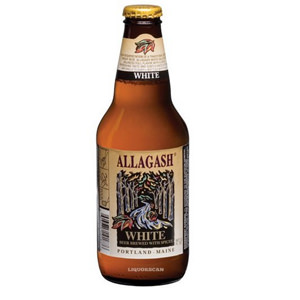
Fruity and spicy yet eminently approachable, Belgian-style witbiers serve as important gateway brews for many new craft beer drinkers, and Allagash’s flagship White is now entering its third decade as America’s premier wheat beer. Traditional coriander and orange peel are augmented by peppery Saaz hops to make Allagash White multi-dimensional and complex even as it remains light and drinkable.
Ommegang Hennepin
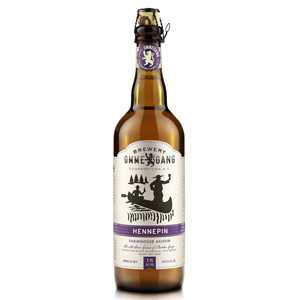
These days nearly every quality American brewery offers up some version of a saison, but Ommegang was the first domestic producer of the classic Belgian farmhouse style. Hennepin showcases grains of paradise, coriander, orange peel, and ginger, which might sound a bit busy, but the resulting beer is both assertive and nuanced. The recent saison boom is certainly a welcome development, but if you’re lucky enough to live in one of the 43 states that get Hennepin, it wasn’t strictly necessary.
Dogfish Indian Brown Ale
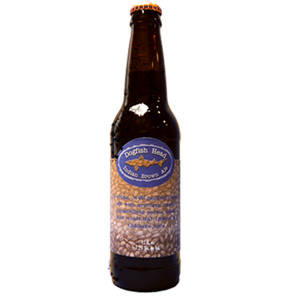
India pale ales now come in every conceivable color and strength, but that wasn’t the case when Dogfish Head introduced this highly hopped brown ale in 1999. Indian Brown was brewed to combine the color of an American brown ale, the flavor profile of a Scotch ale, and the hop characteristics of an IPA. Deeply roasted coffee and chocolate notes combine with dark fruit and piney hops in this 7.2-percent ABV beauty.
Stone Arrogant Bastard
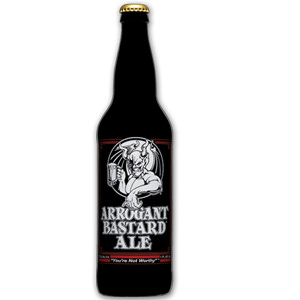
Stone is known almost as much for its bombast as for its beer, which is a small shame. Arrogant Bastard is so much more than just a boozy brew with a goofy name; it’s the first great beer a lot of people ever try (yeah, because of the goofy name). Stone launched this 7.2-percent ABV strong ale in 1997, and since then it’s served as the perfect passive-aggressive Father’s Day gift and, just as important, proof that super-hoppy beers don’t have to neglect the malt. Arrogant Bastard is remarkably balanced, with brown sugar, toasted caramel, and biscuity malt eventually giving way to floral, resinous hops on the long, dry finish.
